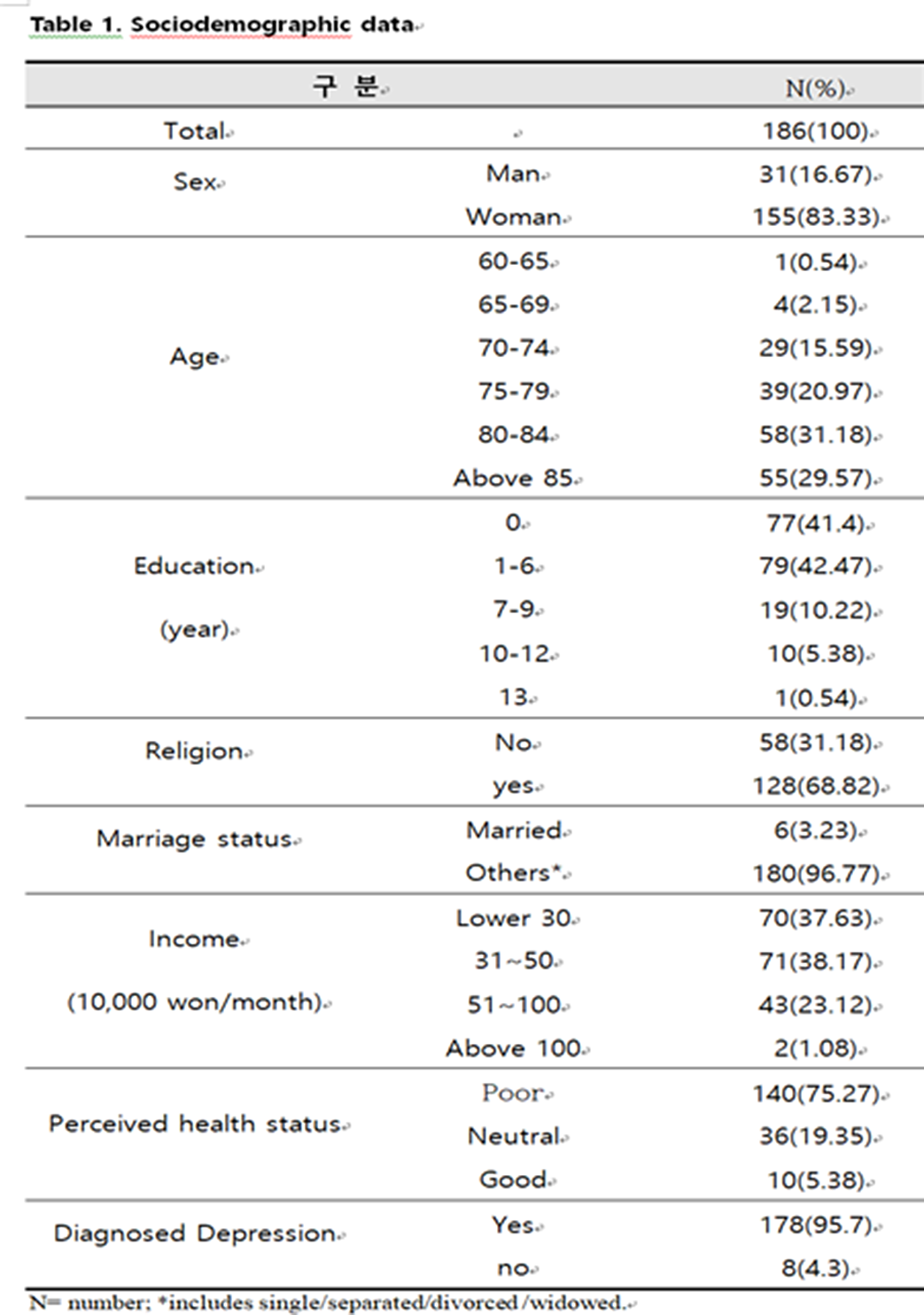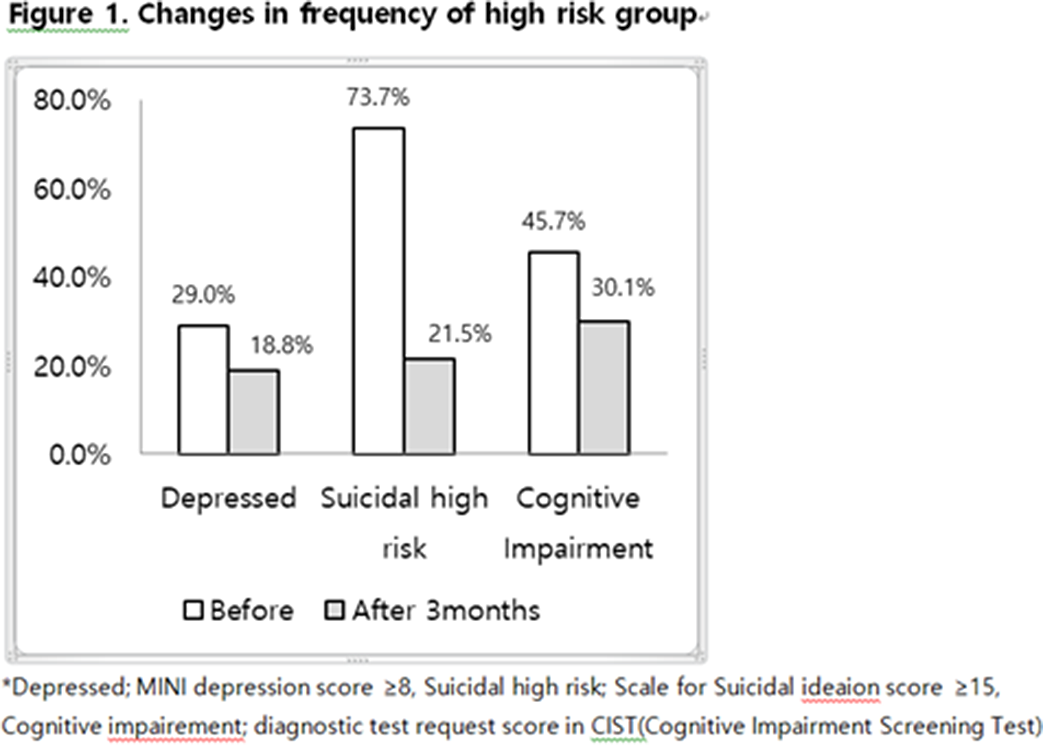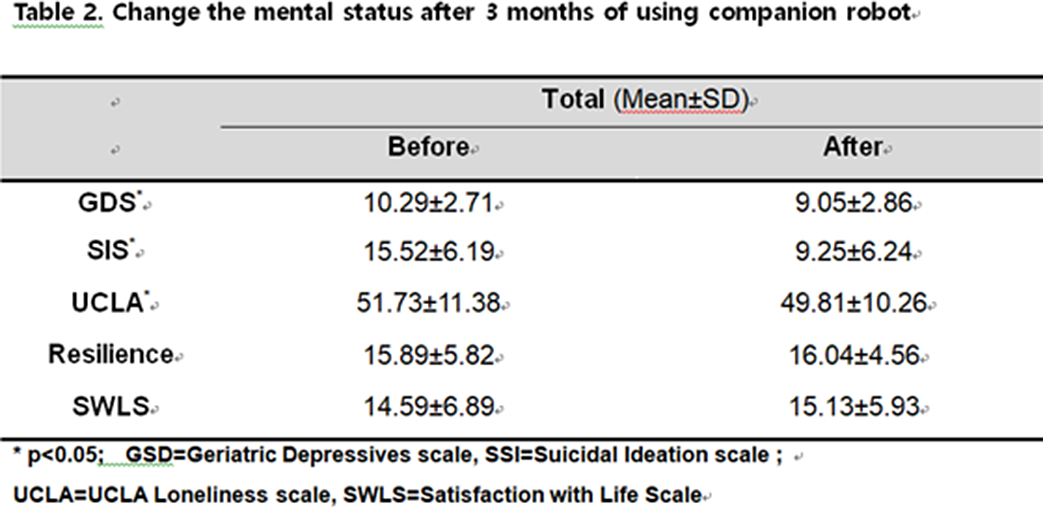199 results
Supergene Vermiculitization of Phlogopite and Biotite in Ultramafic and Mafic Rocks, Central Korea
-
- Journal:
- Clays and Clay Minerals / Volume 42 / Issue 3 / June 1994
- Published online by Cambridge University Press:
- 28 February 2024, pp. 259-268
-
- Article
- Export citation
Generation of energetic electrons by an electron cyclotron wave through stochastic heating in a spherical tokamak
-
- Journal:
- Journal of Plasma Physics / Volume 89 / Issue 6 / December 2023
- Published online by Cambridge University Press:
- 28 November 2023, 905890603
-
- Article
- Export citation
The effect of intervention using an emotional recognition coaching companion robot on the elderly people with depression
-
- Journal:
- European Psychiatry / Volume 66 / Issue S1 / March 2023
- Published online by Cambridge University Press:
- 19 July 2023, pp. S79-S80
-
- Article
-
- You have access
- Open access
- Export citation
Self-compassion is associated with the superior longitudinal fasciculus in the mirroring network in healthy individuals
-
- Journal:
- European Psychiatry / Volume 66 / Issue S1 / March 2023
- Published online by Cambridge University Press:
- 19 July 2023, p. S550
-
- Article
-
- You have access
- Open access
- Export citation
The patterns of rehabilitation service use and personal recovery among persons with psychiatric disability
-
- Journal:
- European Psychiatry / Volume 66 / Issue S1 / March 2023
- Published online by Cambridge University Press:
- 19 July 2023, p. S313
-
- Article
-
- You have access
- Open access
- Export citation
Psychometric Properties of the Korean Version of Functioning Assessment Short Test in Bipolar Disorder
-
- Journal:
- European Psychiatry / Volume 66 / Issue S1 / March 2023
- Published online by Cambridge University Press:
- 19 July 2023, p. S85
-
- Article
-
- You have access
- Open access
- Export citation
P.001 Application of low-intensity transcranial focused unltrasound to the hippocampus in Alzheimer’s Disease
-
- Journal:
- Canadian Journal of Neurological Sciences / Volume 50 / Issue s2 / June 2023
- Published online by Cambridge University Press:
- 05 June 2023, p. S57
-
- Article
-
- You have access
- Export citation
Governance Processes and Challenges for Reservation of Antimicrobials Exclusively for Human Use and Restriction of Antimicrobial Use in Animals
-
- Journal:
- Journal of Law, Medicine & Ethics / Volume 50 / Issue S2 / Winter 2022
- Published online by Cambridge University Press:
- 09 March 2023, pp. 55-63
- Print publication:
- Winter 2022
-
- Article
-
- You have access
- Open access
- HTML
- Export citation
Chapter 14.4 - Forgiveness Therapy
-
-
- Book:
- Spirituality and Psychiatry
- Published online:
- 07 October 2022
- Print publication:
- 20 October 2022, pp 281-292
-
- Chapter
- Export citation
Atomic and Molecular Databases Open Science for a sustainable world
-
- Journal:
- Proceedings of the International Astronomical Union / Volume 18 / Issue S371 / August 2022
- Published online by Cambridge University Press:
- 19 March 2024, pp. 72-84
- Print publication:
- August 2022
-
- Article
- Export citation
Potential of antithrombin III as a biomarker of antidepressive effect in major depressive disorder
-
- Journal:
- European Psychiatry / Volume 64 / Issue S1 / April 2021
- Published online by Cambridge University Press:
- 13 August 2021, pp. S107-S108
-
- Article
-
- You have access
- Open access
- Export citation
Characterization of a hospital-based gastroenteritis outbreak caused by GII.6 norovirus in Jinshan, China
-
- Journal:
- Epidemiology & Infection / Volume 148 / 2020
- Published online by Cambridge University Press:
- 09 December 2020, e289
-
- Article
-
- You have access
- Open access
- HTML
- Export citation
The MeerKAT telescope as a pulsar facility: System verification and early science results from MeerTime
-
- Journal:
- Publications of the Astronomical Society of Australia / Volume 37 / 2020
- Published online by Cambridge University Press:
- 15 July 2020, e028
-
- Article
-
- You have access
- HTML
- Export citation
AUTONOMOUS SHUTTLES FOR URBAN MOBILITY ON DEMAND APPLICATIONS – ECOSYSTEM DEPENDENT REQUIREMENT ELICITATION
- Part of
-
- Journal:
- Proceedings of the Design Society: DESIGN Conference / Volume 1 / May 2020
- Published online by Cambridge University Press:
- 11 June 2020, pp. 887-896
-
- Article
-
- You have access
- Open access
- Export citation
Prevalence and Its Correlates of Night Eating Syndrome in Schizophrenic Outpatients
-
- Journal:
- European Psychiatry / Volume 30 / Issue S1 / March 2015
- Published online by Cambridge University Press:
- 15 April 2020, p. 1
-
- Article
-
- You have access
- Export citation
Prevalence and Its Correlates of Restless Legs Syndrome in Outpatients with Bipolar Disorders
-
- Journal:
- European Psychiatry / Volume 30 / Issue S1 / March 2015
- Published online by Cambridge University Press:
- 15 April 2020, p. 1
-
- Article
-
- You have access
- Export citation
Association analysis of imbalanced interhemispheric functional coordination and early therapeutic efficacy in major depressive disorder: Evidence from resting state fMRI
-
- Journal:
- European Psychiatry / Volume 33 / Issue S1 / March 2016
- Published online by Cambridge University Press:
- 23 March 2020, pp. S87-S88
-
- Article
-
- You have access
- Export citation
International Transfer of Tacit Knowledge: The Transmission of Shipbuilding Skills from Scotland to South Korea in the Early 1970s
-
- Journal:
- Enterprise & Society / Volume 22 / Issue 2 / June 2021
- Published online by Cambridge University Press:
- 17 March 2020, pp. 335-367
- Print publication:
- June 2021
-
- Article
- Export citation
Predictive analysis of stitched aerospace structures for advanced aircraft
- Part of
-
- Journal:
- The Aeronautical Journal / Volume 124 / Issue 1271 / January 2020
- Published online by Cambridge University Press:
- 18 November 2019, pp. 44-54
-
- Article
- Export citation
A pilot study to implement and sustain the US PHS clinical practice guidelines for treating tobacco use and dependence in free clinics, a safety net care setting for the uninsured
-
- Journal:
- Journal of Smoking Cessation / Volume 15 / Issue 1 / March 2020
- Published online by Cambridge University Press:
- 12 November 2019, pp. 14-22
- Print publication:
- March 2020
-
- Article
- Export citation













